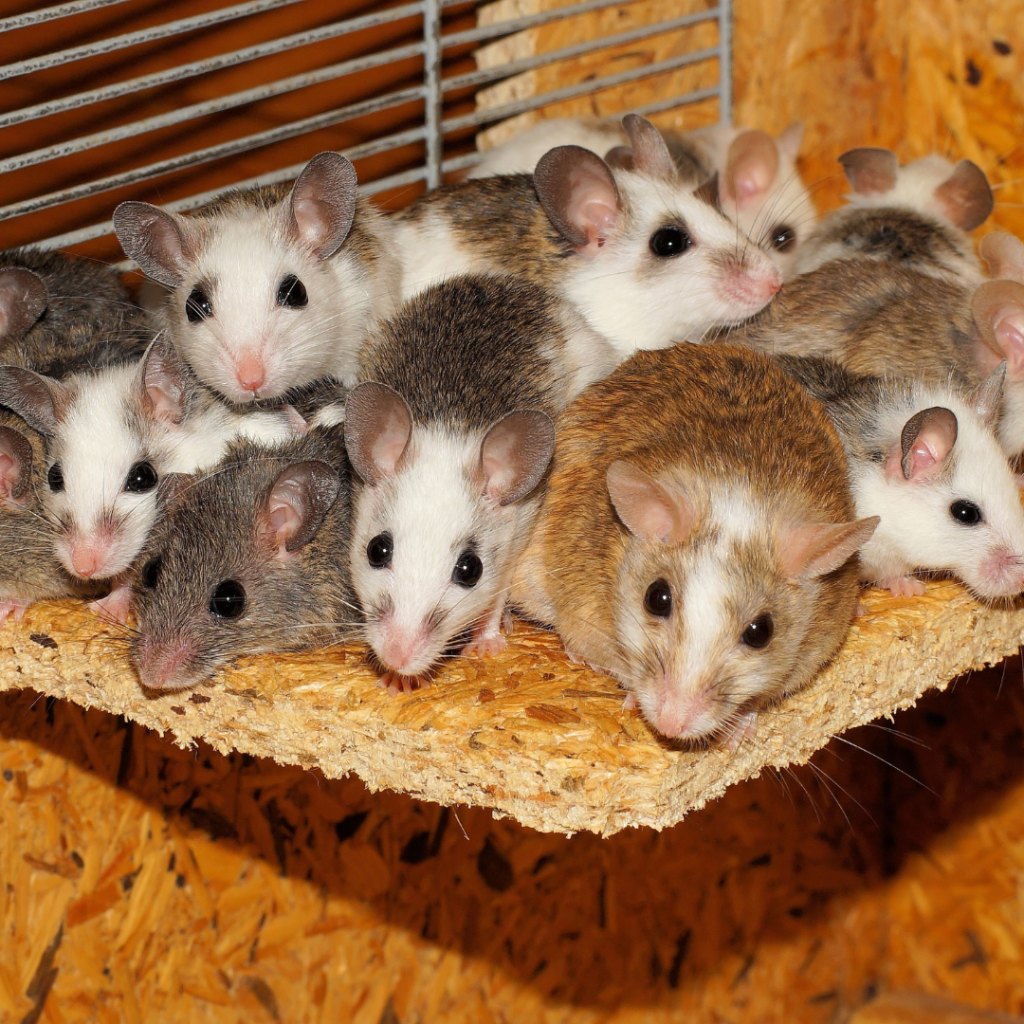Scientific research has been done on mice since, probably, the beginning of time. This could be because they’re inexpensive, readily available, relatively cute, and easy to maintain, or it could be because mice experience many of the same diseases as humans, have similar organs and systems, and share about 95% of the genes that code for proteins.
But it’s probably because they’re cute.
In any case, Dr. Bruce Alexander’s series of experiments conducted in the late 1970s, affectionately called Rat Park, laid much of the foundation in the shift from the moral model of addiction – the idea that an individual’s alcohol or drug use is their inherent moral weakness and lack of will power – into something else entirely. Before Dr. Alexander’s experiments, researchers had already proved that when rats are placed in a cage alone with no other community and offered two bottles of water – one laced with heroin and one plain water – the rats will invariably drink the heroin-laced water. Not only would they drink it, but they would do so until every single one of them overdosed and died. At the time, researchers pointed to these results and said, “Ah! See? Addiction is about exposure to the drug.” Dr. Alexander, however, looked at this later and wondered: Is it, though? Or is it about the environment the rats were in? Is it about isolation?
See, given nothing else to do, no one to connect with, no one to procreate with, no one to socialize with, and no one to simply be with, of course the rats are going to choose the heroin water. Honestly, who wouldn’t? Humans, generally speaking, aren’t any different. Remember the COVID-19 quarantines? Drug and alcohol use all over the world absolutely soared. Why? People weren’t going anywhere anyway. No one will see how much or how often they are using or drinking. Even more than that, though, people weren’t really connected during that time. Not really. Sure, we had Zoom and other video call services, but those can’t replace real, intimate connection. So, given people were isolated, scared, and bored it makes perfect sense drinking and using spiked during this time. The rats in those initial experiments were no different. They had no one else around them and nothing else to do.
So, Dr. Alexander created Rat Park. If heaven for rats exists, it probably looks something like Rat Park did. Rats were placed in huge cages alongside dozens of other rats where they were free to play, socialize, roam, have sex, and just be together doing rat things. The rats in Rat Park were given the same choice – a heroin-laced bottle of water or a bottle of plain water. Every one of the rats preferred the plain water. In fact, not only did they prefer the plain water, but when they did use the heroin-laced bottle, they did so intermittently – not obsessively. Not a single rat in Rat Park ever overdosed either. Not a single one of them died as a result of their drug use.
What I think Rat Park can teach us about addiction is this: Addiction thrives in isolation. Connection to others and a healthy environment are key in recovery. Dr. Bruce Alexander’s Rat Park experiment may not have, on its own, shifted the narrative on addiction from one of morality to science, but it certainly moved the needle in the right direction. Because of him and others, we know today that addiction is a progressive disease of the brain. There are genetic, environmental, spiritual, emotional, and physical components to addiction – all of which need to be considered and healed in order to achieve sustainable recovery.


Leave a comment